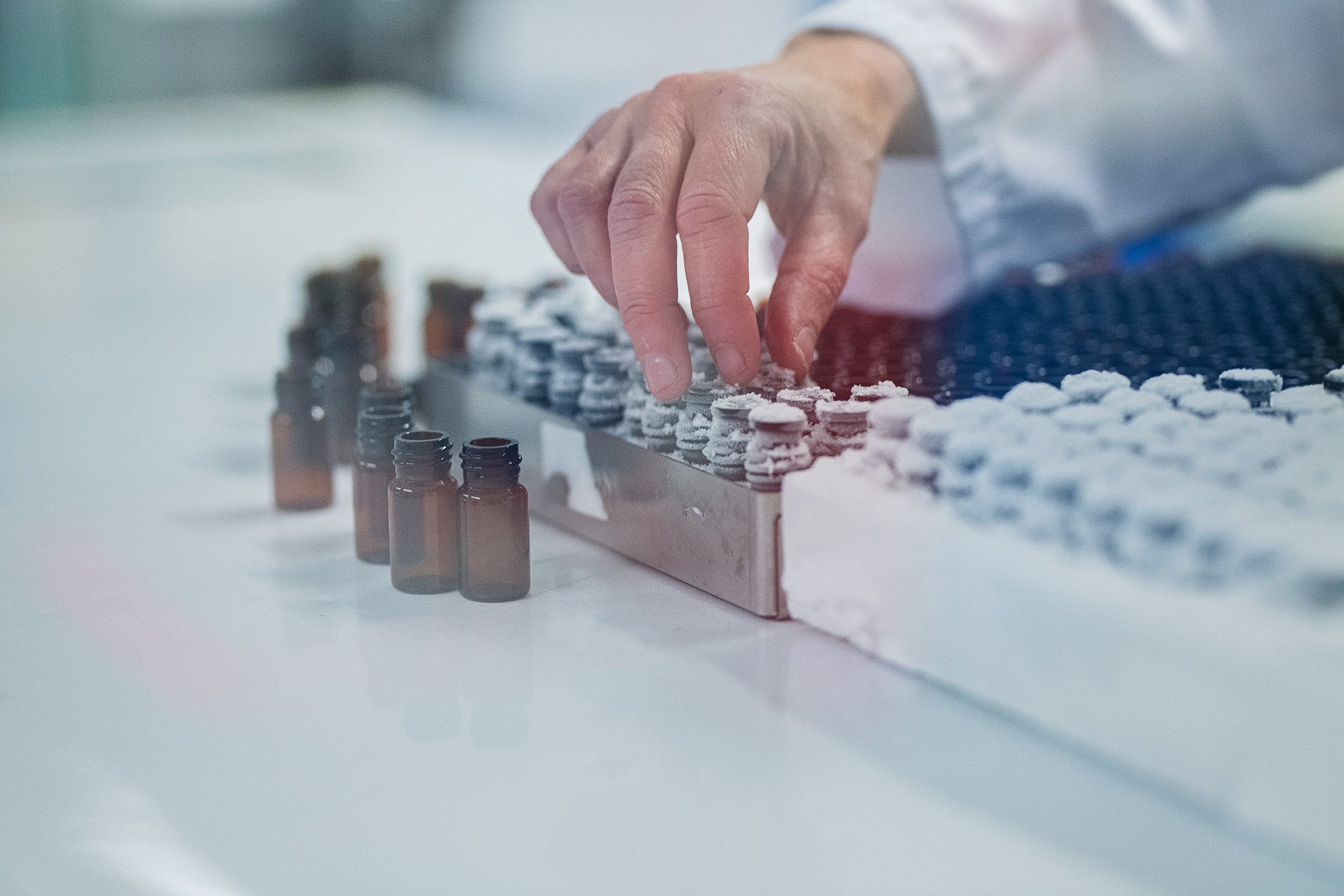Serum Collagen Biomarkers Are Reflective of Tissue Specific Fibroblasts Associated With Ulcerative Colitis Activity and Treatment Response to Ustekinumab.
Abstract
BACKGROUND
There is a need to identify peripheral biomarkers reflective of defined disease associated fibroblasts in Ulcerative Colitis (UC), with the aim of enabling clinical development approaches for novel-stromal-targeted therapeutics for individuals at risk for fibrostenotic complications. Additionally, longitudinal non-invasive biomarkers of tissue remodelling, fibroblast biology and pharmacodynamic measurements are needed in the clinic to facilitate risk stratification.
AIM
To identify novel blood protein biomarkers associated with defined fibroblast subsets, tissue remodelling and treatment response/non-response in UC.
METHODS
We performed data analysis on matched serum and tissue transcriptomics from the UNIFI trial at weeks 0 and 8 in clinical responders and non-responders. Detailed gene correlation analysis was performed on 97 colonic biopsies from 50 patients pre- and post-treatment, to construct detailed cell-type mapping associated with clinical parameters. Detailed serum-based proteomics analysis was performed using matched serum and tissue sample sets to evaluate specific correlations between defined tissue cellular subsets and unique peripheral proteins, reflective of defined tissue transcriptional subsets and clinical parameters.
RESULTS
Evaluation of the UNIFI clinical study, revealed a significant association between intestinal-inflammatory activated fibroblasts (IIAF) and various clinical parameters, including Geboes scores. These findings were unique to IIAFs and were confirmed using spatial tissue transcriptomics. Evaluation of novel peripheral proteomics revealed a significant correlation between selective serum collagen biomarkers, including Pro-Collagen 22, Collagen 1M, CTX-III, ELP-3, and the IIAF tissue module. These serum collagen biomarkers were unique to IIAFs, as other broad proteomics methodologies failed to demonstrate significant correlations with known UC serum markers. Ustekinumab endoscopic responders had a significant decrease in IIAFs, which was associated with decreases in these IIAF associated serum proteins. Furthermore, C1M and ELP-3 demonstrated predictive value to enable characterisation of UC patients with IIAF driven disease.
CONCLUSIONS
These serum biomarkers were correlated with tissue levels of IIAFs, identifying unique peripheral markers of tissue associated cell types correlated with fibrosis. Given the association of IIAFs and treatment response, this highlights the utility of these triaged collagen biomarkers for anti-stromal therapeutic development and patient stratification in UC and beyond.



